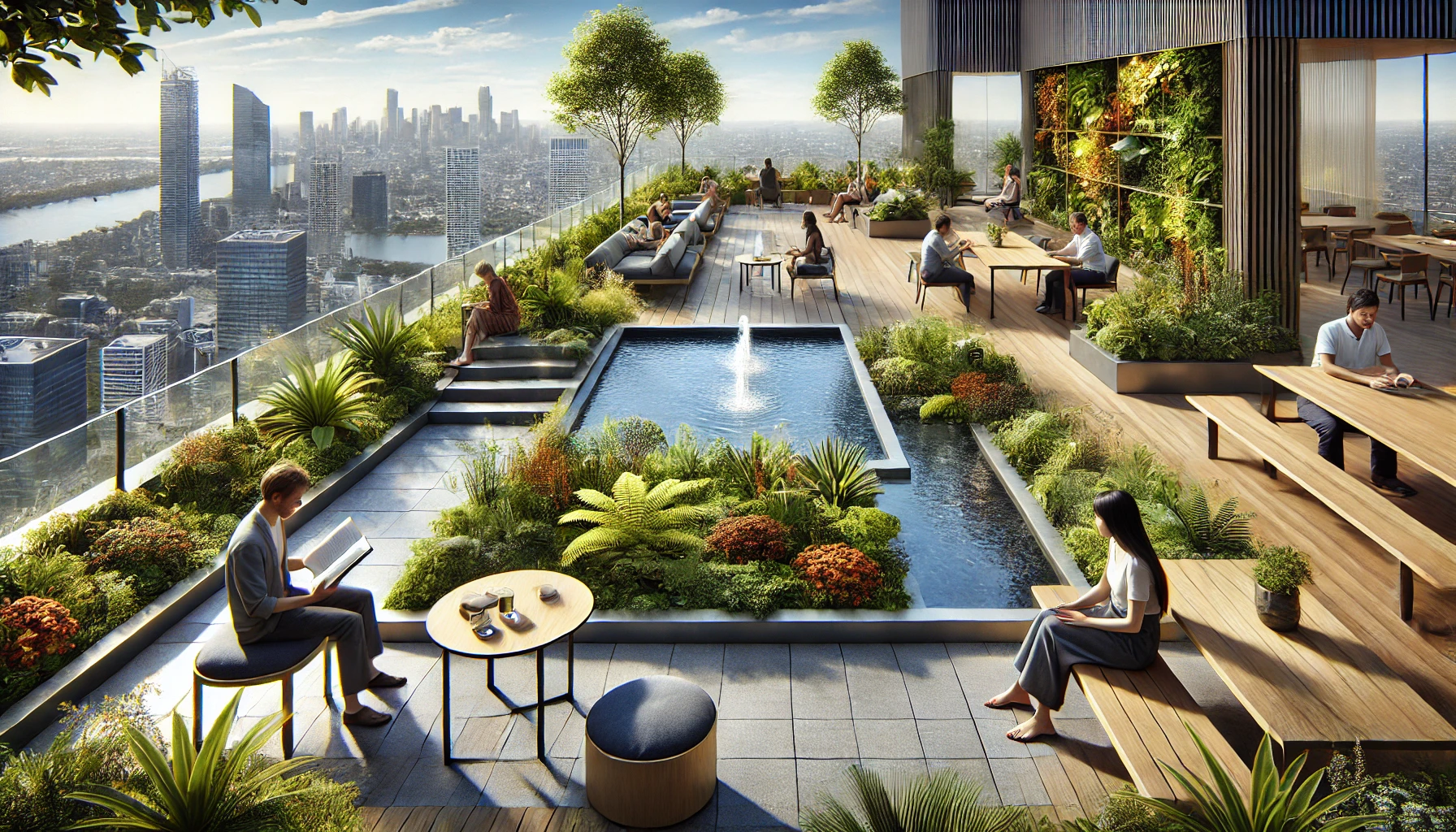On January 7, the girls from Be the Voice of Girls gathered virtually for an engaging and inspiring workshop led by Samantha Bell, who was joined by her daughter, Lillie Bell, a recent interior design graduate. The session was a celebration of creativity, as participants explored the art and purpose of designing community spaces that are welcoming, functional, and beautiful.
Samantha began by discussing the multifaceted world of design, explaining that design isn’t limited to what we see indoors. There’s architectural design that shapes buildings, landscape design that works with natural elements, and interior design that focuses on indoor spaces. This particular workshop focused on community spaces—places where people come together, interact, and build memories.
Lillie Bell shared her journey into interior design, describing how she had initially planned to major in music before finding her passion for creating inspiring spaces. Her projects, ranging from university cafeterias to rooftop gardens, showcased how thoughtful design can transform even the most functional spaces into something extraordinary. One of her designs, a campus cafeteria inspired by the surrounding mountains, incorporated natural elements like soft blue flooring meant to evoke a flowing river. Lillie explained how biophilic design—bringing elements of nature indoors—can have a calming psychological effect, making spaces feel more inviting and tranquil.
Samantha encouraged the girls to consider the emotional and practical impact of their designs. A community space, she explained, should feel like a place people want to visit, with thoughtful attention paid to comfort, aesthetics, and accessibility. She described how small decisions, such as the use of warm, cozy seating or the placement of windows to bring in natural light, can make a significant difference. The discussion expanded to include examples of creative public spaces from around the world. There was a park in Slovenia with rolling green hills designed for both relaxation and recreation, and Seoul’s Skywalk, an elevated pedestrian path built above busy streets that provides a green oasis in the heart of the city. In Istanbul, a colorful playground with climbing structures and swings embraced natural materials like stone and grass, blending play with nature.
The session wasn’t just about showcasing beautiful spaces—it was also about understanding the importance of safety and inclusivity in design. Samantha emphasized that good design considers everyone, including people with mobility challenges, by incorporating ramps, wide doorways, and smooth pathways to make spaces more accessible.
The workshop wasn’t just a lecture; it was a call to action. The girls were invited to brainstorm and sketch their own ideas for community spaces. Samantha explained the importance of brainstorming—a process where designers let their imaginations run wild before refining their ideas. The goal was to create rough sketches of community spaces from a bird’s-eye view, capturing the layout and flow of the space. Lillie demonstrated how she uses design software to create 3D renderings that bring her ideas to life, but she reminded the girls that even simple sketches on graph paper can convey powerful ideas.
The girls shared their initial concepts with enthusiasm. One participant described an expansive library filled with books and cozy reading nooks, complete with a central pool for decoration to create a calming ambiance. Another envisioned an oceanside gathering place with benches around fire pits and refreshment stations, a perfect blend of relaxation and socialization. Samantha and Mirey praised the creativity on display and encouraged the girls to keep refining their ideas, imagining spaces that could bring people together and enrich their communities.
Lillie’s insights into the design profession sparked curiosity among the participants. She spoke about her work designing showrooms and commercial furniture, explaining how even something as simple as a booth in a café can be designed to make guests feel comfortable and protected from the busyness around them. She described how color choices can influence mood, with reds and oranges promoting energy, while blues and greens create calm. The discussion even touched on how fast-food restaurants often use red to stimulate appetite, reinforcing the idea that design choices are intentional and impactful.
The session concluded with a sense of excitement and possibility. The girls left inspired not just to create beautiful spaces but to think deeply about how those spaces make people feel. Samantha reminded them that design is about more than aesthetics—it’s about fostering connection and creating a sense of belonging. In the coming weeks, the girls will continue working on their designs and will present their final concepts in a future session. Their sketches and plans will no doubt reflect the lessons learned from this enriching discussion.
As the Be the Voice of Girls program continues to empower participants through creativity and collaboration, we eagerly anticipate the innovative community spaces they will bring to life—each one a reflection of their unique voices and visions.


